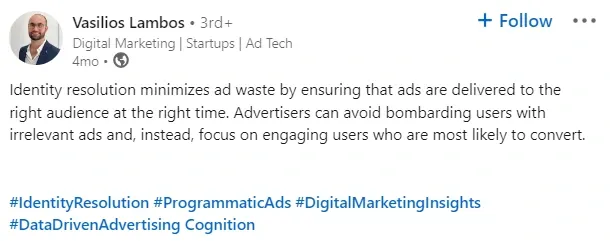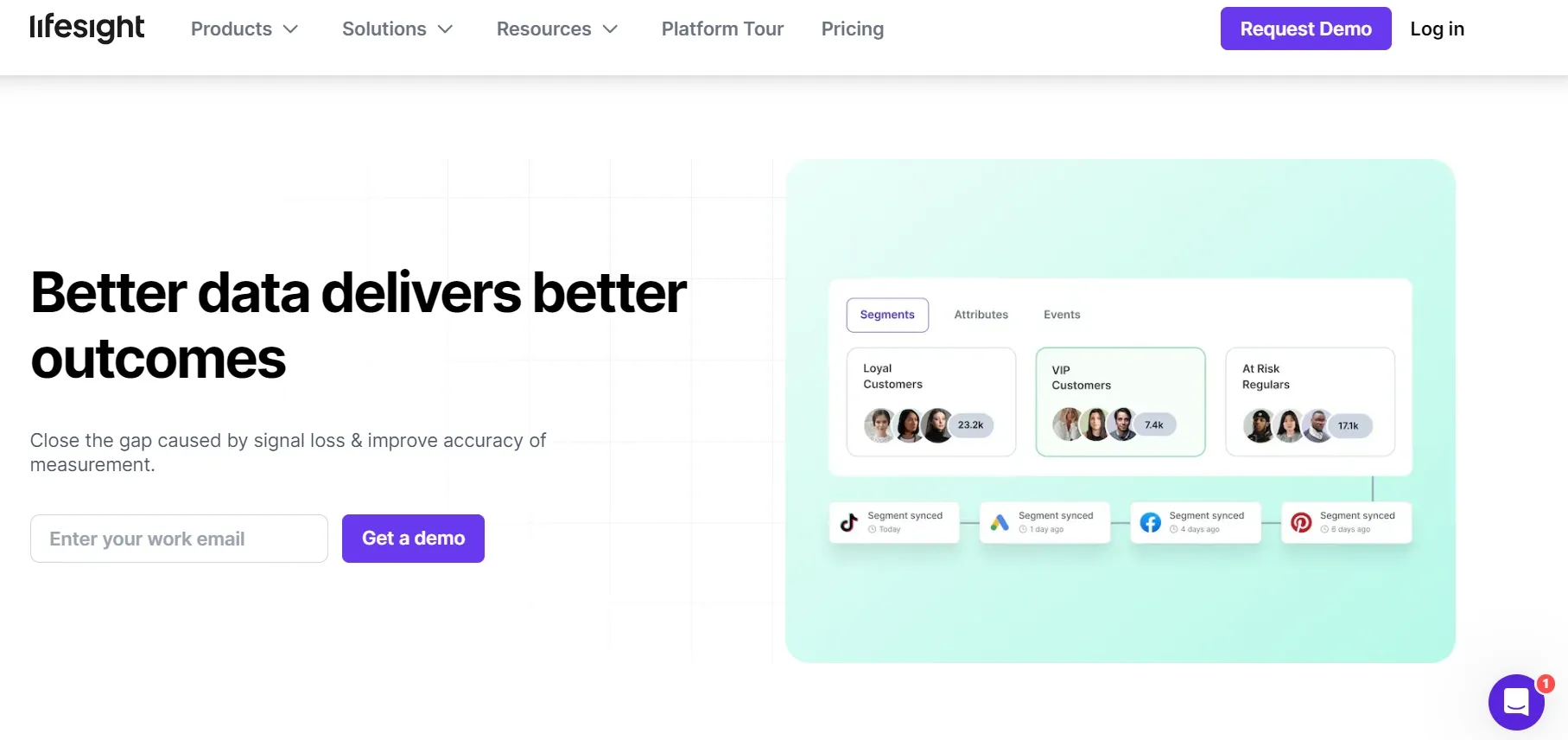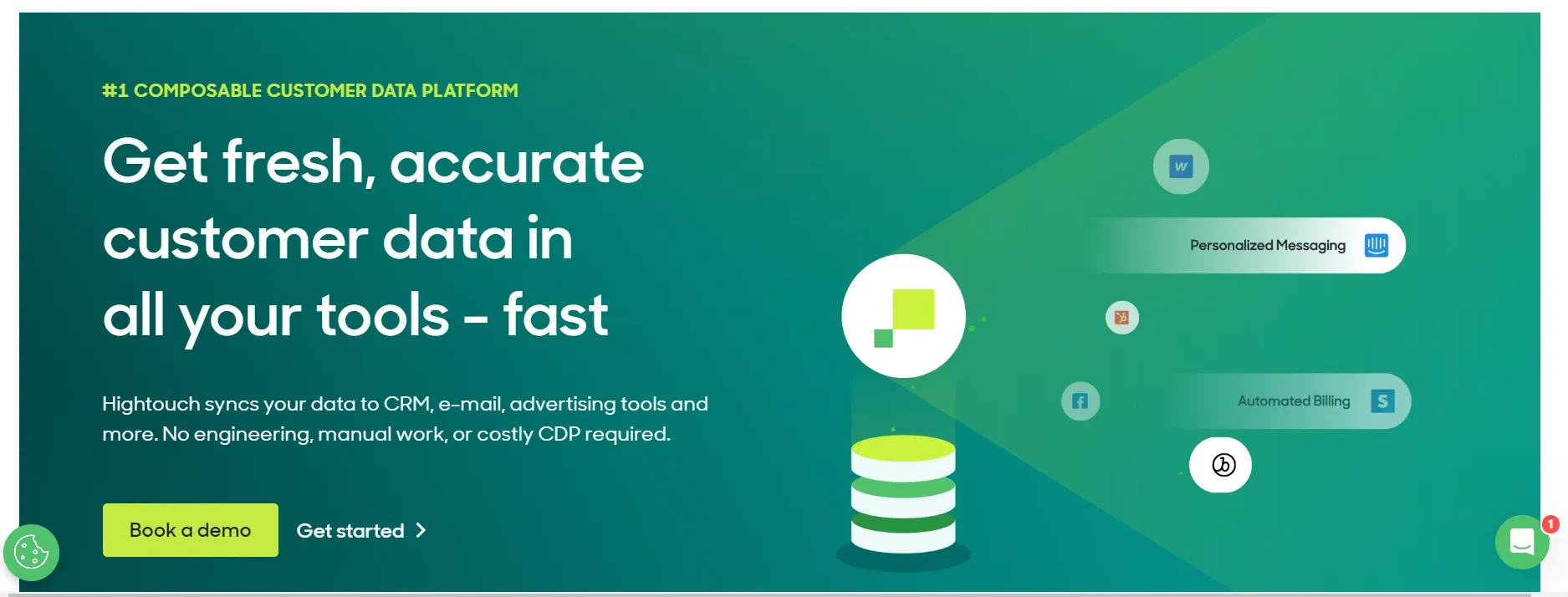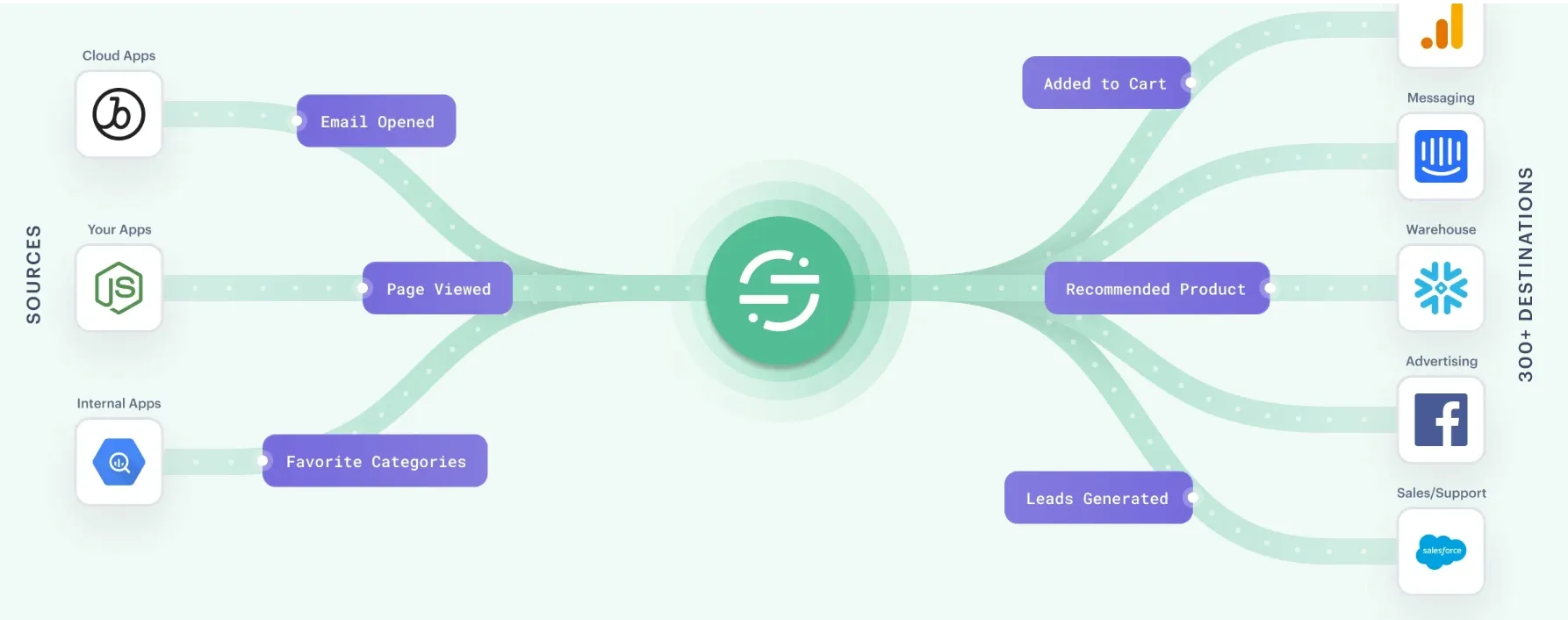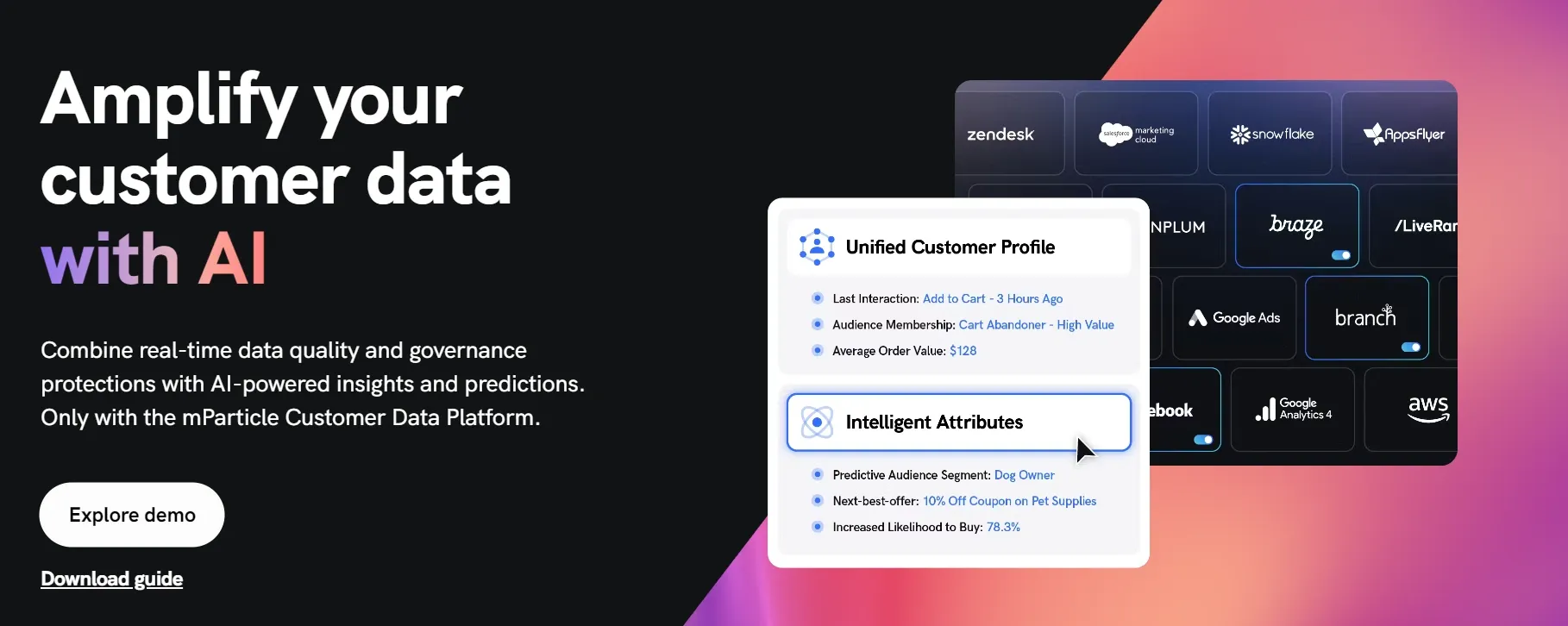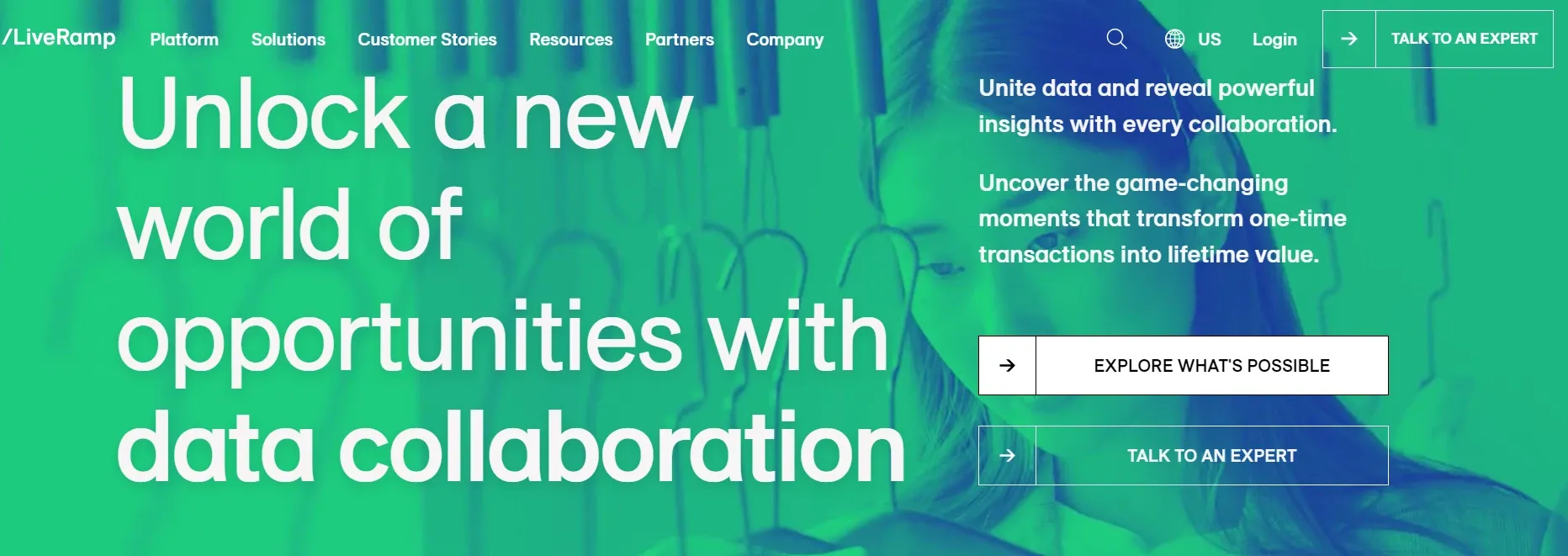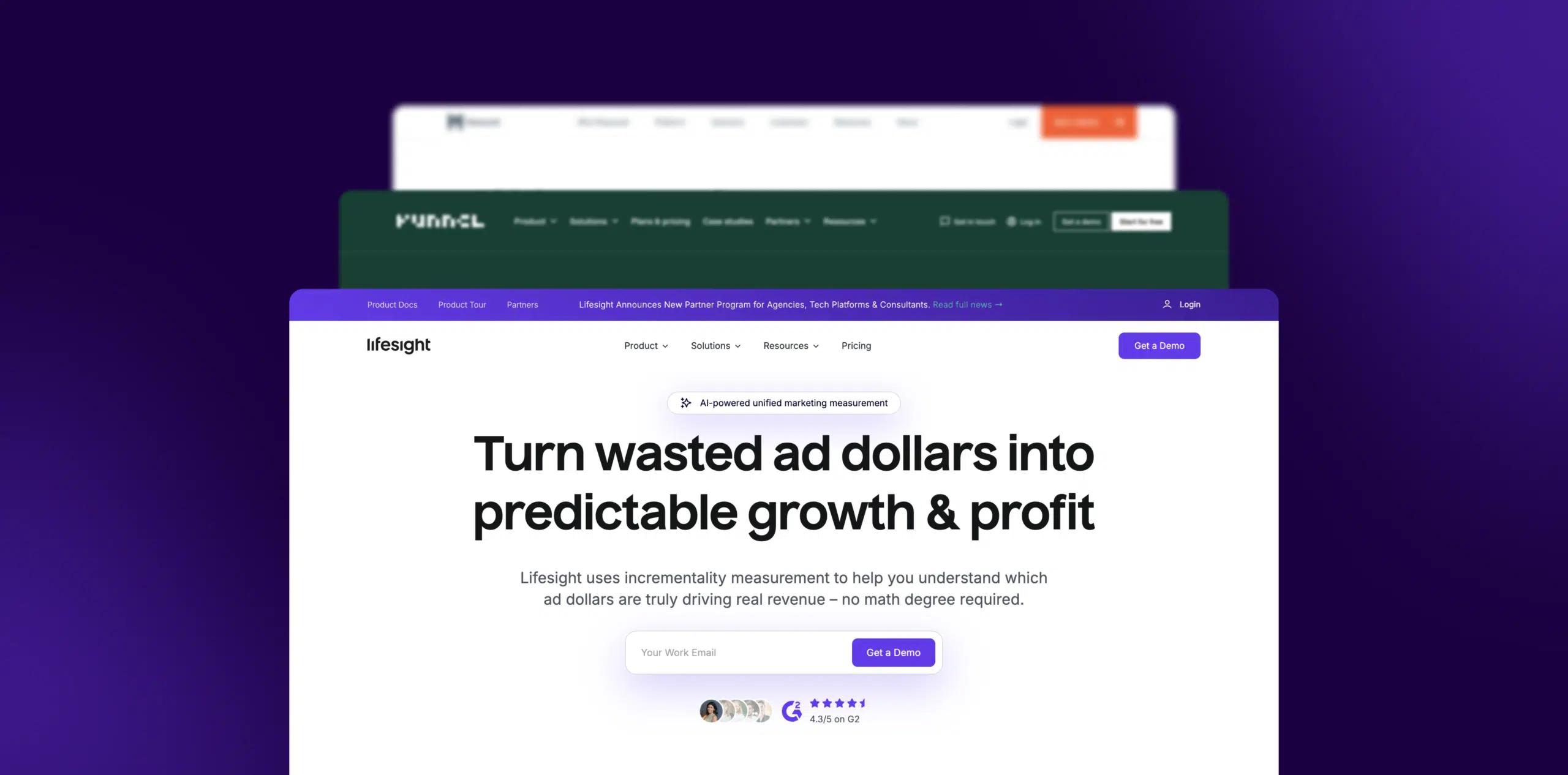Customers today engage with brands across multiple channels and devices, both online and offline. This omnichannel environment generates massive volumes of customer data. However, a key challenge arises – how do you connect the dots between data points to identify behavior when the same customer interacts via multiple touchpoints? Identity resolution comes into play here.
For modern marketers, identity resolution is a strategic imperative. As cookies decline and privacy regulations intensify, harnessing first-party data becomes vital. However, deriving value from first-party data requires resolving customer identities in real time as they engage across channels. Sophisticated identity graphs are required to persistently connect devices and map offline data to digital profiles.
With holistic identification capabilities, engagement can be coordinated and consistent across channels. Personalization can evolve from generic to tailored. Loyalty is strengthened when customers are recognized at every touchpoint. Identity resolution thus becomes the cornerstone of data-driven marketing strategies in a privacy-centric landscape.
Unraveling Identity Resolution
Identity resolution, also known as identity linking or identity stitching, refers to the process of accurately matching customer data across different channels to a single customer identity. It connects data fragments from disparate sources back to unique individuals. The goal is to obtain a unified, 360-degree view of each customer by resolving customer identities across data sets. This provides the foundation for hyper-personalization, contextual marketing, and improved customer experiences.
Modern consumers use multiple devices, shop across channels, and leave scattered breadcrumbs of their behavior as they engage with brands. Identity resolution provides the connective tissue that pieces these fragments together into cohesive profiles. It spots the digital fingerprints that belong to the same customer even as they switch devices and contexts.
Reflecting on the multiple use cases of identity resolution in a LinkedIn post, digital marketing expert Vasilios Lambos discusses how identity resolution reduces ad waste.
linkedin-post-by-vasilios-lambos-on-how-identity-resolution-reduces-ad-waste
The Role of CDPs in Identity Resolution
According to a Data Research report, the Global Identity Resolution Software Market Size is expected to reach USD 2286.34 million by 2028. Moreover, customer data platforms will play a key role in enabling identity resolution at scale.
CDPs ingest data from all platforms, and then use algorithmic matching and a persistent identity graph to associate identities. Matches can be based on emails, cookies, mobile ad IDs, CRM IDs, and other identifiers.
For example, a customer may search for a product on their laptop, getting tracked via a web cookie. They then purchase that product on their phone, identified by a mobile number. Identity resolution matches these events to the same unique customer, connecting the dots across channels and sessions.
The result is a unified profile that stitches together interactions into a holistic timeline of each customer’s journey. This powers personalization and tailored experiences reflecting their true needs, not assumptions. It provides the complete intelligence required to drive growth through highly relevant engagement.
With identity resolution, fragmented data transforms into connected profiles. And isolated experiences become seamless omnichannel journeys. CDPs thus become the customer intelligence engine that makes 1:1 engagement possible at scale.
Key Features to Look for in Identity Resolution Tools
When you’re looking into tools for identity resolution in customer data platforms (CDPs) or other customer data tools, it’s crucial to focus on a few important features. Let’s break these down into five key areas:
Robust Entity Matching
This is all about being smart in recognizing that different data entries are actually the same person. For instance, even if there are small spelling errors or variations in how a name or address is written, the tool should be able to figure out they’re the same. It’s a mix of smart algorithms and machine learning that gets better as it learns from patterns in customer data. The more attributes it can work with, like breaking down a full name into first and last names, the better it can match data even if it’s incomplete or a bit messy.
Powerful Duplicate Detection
It’s important to identify and merge duplicate records accurately. This involves a combination of set rules (like if two customer IDs or email addresses are exactly the same, they’re a match) and more complex machine learning models that predict duplicates based on patterns. Features that allow you to easily merge duplicates, either in bulk or one at a time, are super helpful. Plus, tools should continuously check for and remove duplicates, both manually and automatically.
Flexible Record Matching
Here, you want the ability to tailor how records are matched based on your specific needs. This means being able to choose which data points (like email or customer ID) to match and setting how close a match needs to be. It should adapt to different data sources and let you tweak the matching logic over time as needed.
Persistent Identity Graph
This is a complex network that keeps track of all the different ways a customer might show up in your data over time. It’s not just about matching data from one source, but linking together all sorts of identifiers, like loyalty card numbers with online profiles. It’s key for understanding relationships between customers and maintaining a consistent view of a customer even as their data changes.
Cross-Device and Cross-Channel Tracking
Finally, you need to be able to track a customer across different devices and channels. This involves linking various pieces of information like device IDs, IP addresses, and even physical locations to figure out they all belong to the same person. It’s also about understanding how someone interacts across different channels, like connecting an in-store purchase with an online profile.
Evaluating platforms based on the sophistication of these five features is key to long-term success.
Top Identity Resolution Tools in the Market
1) Lifesight’s Connect
lifesight-connect-tool
Lifesight Connect provides identity resolution capabilities purpose-built for the modern marketing stack. It starts by ingesting customer data from all offline and online sources into a centralized customer data platform. Robust APIs and connectors make ingestion seamless while validating data for accuracy.
Channels ranging from mobile apps to call centers to in-store POS systems get linked through expansive deterministic and probabilistic signals. This interconnects experiences across the customer journey. The result is the most accurate and holistic view of each customer possible.
Whether your goal is performance marketing, customer lifetime value expansion, churn reduction, or experience orchestration, Connect delivers the identity resolution sophistication required in today’s omnichannel landscape.
Key features:
- Use AI-generated segments to delve deeper into customer behavior.
- Offers server-side tracking to boost attribution and ad targeting performance.
- Helps in reducing customer acquisition costs with better targeting.
- Allows you to automatically predict customer behavior like purchases, churn, LTV, and so on.
2) Hightouch
hightouch-tool
Hightouch is a Reverse ETL-powered Data Activation platform. It syncs customer data from your warehouse into the tools used by your business teams.
Key features:
- Lightweight data replication via automated ETL
- Sync audiences and segments across tools
- Some basic identifier matching like email
- Focus on data movement vs robust linkage
3) Segment
segment-tool
Segment is a typical Customer Data Platform (CDP) that focuses on data activation and event collection. The platform captures and pushes data from websites, mobile apps, servers, and cloud applications to downstream destinations.
Key features
- Ingests data from sources via API
- Can resolve IDs from sources like CRM
- Limited to identifiers ingested directly
- More focused on data collection than linkage
4) mParticle
mParticle-tool
mParticle collects and resolves mobile and web event data into customer views. Its identity graph offers some persistent linking but has limitations on flexibility and channel coverage.
Key features:
- Collects and resolves some IDs from sources
- Has an identity graph for persistence
- Specializes in mobile app data
- Stronger on collection than matching sophistication
5) LiveRamp
liveramp-tool
LiveRamp provides identity resolution for offline channels and ad exposure. It creates linkages enterprises can leverage for richer analytics and targeting but is less specialized for digital.
Key features:
- Massive deterministic identity graph Links offline and online data
- TV ad exposure resolution
- Less real-time, more batch analytics
Epilogue — The Criticality of Connected Data
In an omnichannel landscape, identity resolution is imperative for gaining a unified view of customer behaviors. As the digital ecosystem grows more complex, accurately linking identities will only become more critical. With robust identity resolution, fragmented data transforms into connected profiles revealing holistic insights. Anonymous IDs turn into known individuals. Silos give way to seamless experiences.
But subpar identity tools cause more harm than good. Inaccurate profiles mislead personalization efforts. Data disconnected across channels provides an incomplete picture.
Choosing an identity solution purpose-built for marketing is crucial. Look for versatile entity matching, an always-updating identity graph, configurable source-by-source logic, and channel-spanning connection.
With the right identity foundation, you can achieve persistent recognition of customers across sessions, devices, and channels. Your data activations become coordinated by a complete understanding of each person. The next best action is informed by the totality of their journey.
We invite you to explore how Lifesight provides industry-leading identity resolution to unlock new potential from your data. Request a demo to see how we can help you turn fragmented data into connected customer profiles and experiences.
You may also like
Essential resources for your success

